

Matt Campbell
2026 Hyundai Tucson Hybrid review
2 Hours Ago
The redesigned Opel Astra moves to the Peugeot 308's platform and picks up plug-in hybrid powertrains, more technology, and sharper styling.

News Editor


News Editor
The first Stellantis-developed Opel Astra has been revealed, bidding adieu to the last bits of General Motors DNA.
The Opel Astra hatchback and wagon were sold in Australia as Holdens until 2020, although the Astra sedan sold locally most recently was a Chevrolet.
With General Motors gone from Australia, and Stellantis already represented by Peugeot and Citroen locally, it’s unlikely the Astra will ever make it Down Under.
The new model, set to launch in Europe in 2022, shares its EMP2 platform with a vast number of models in the Stellantis empire, including the Peugeot 308, 3008 and 5008 and Opel’s own Grandland crossover.
The use of this platform means Opel will offer a plug-in hybrid Astra for the first time, while this will be the last time the company offers the model with internal combustion engines as the brand will go all-electric by 2028.
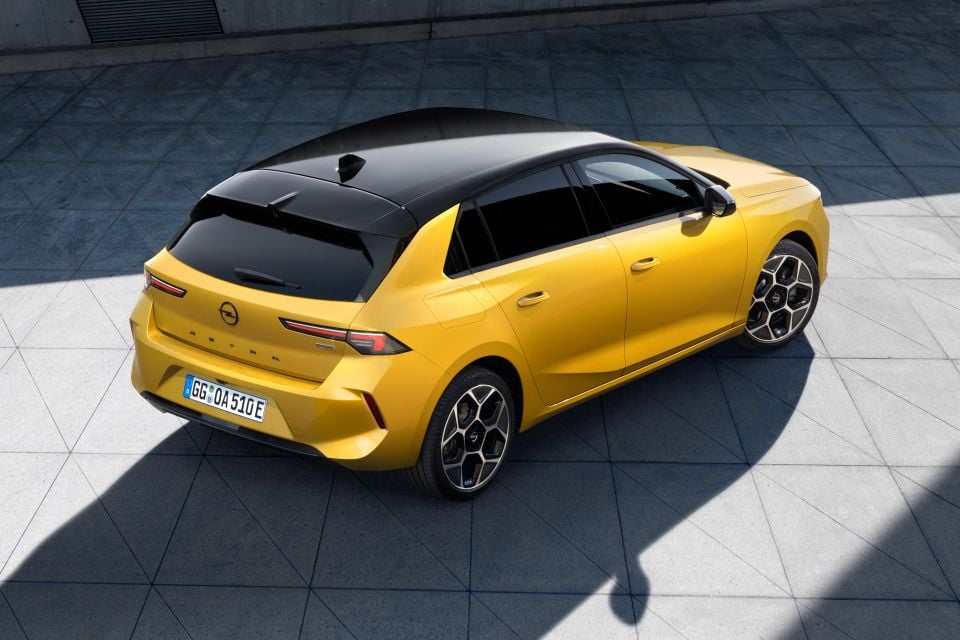
In the meantime, the new generation will offer a range of petrol and diesel engines.
The engine range includes a turbocharged 1.2-litre three-cylinder petrol engine with 81kW or 96kW of power, as well as a turbo-diesel four-cylinder with 96kW.
These come standard with a six-speed manual transmission, with an eight-speed automatic optional.
There are two plug-in hybrid variants, both of which use a turbocharged 1.6-litre four-cylinder petrol engine mated to a 81kW electric motor and a 12.4kWh lithium-ion battery pack.
Both models have an all-electric range of approximately 50km but the base powertrain produces a total system output of 132kW, with the more powerful one producing 165kW.
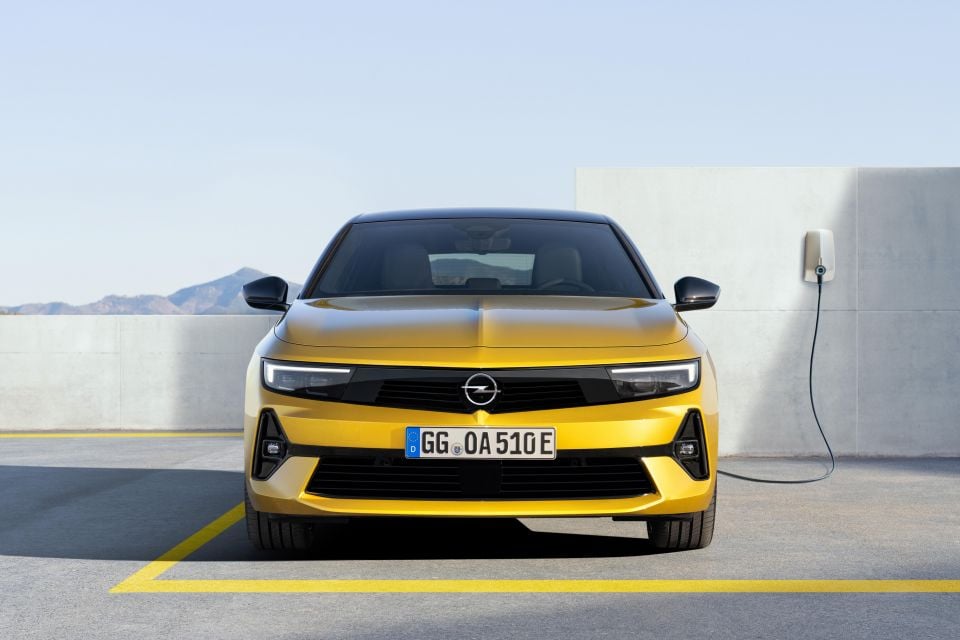
Opel has seemingly banished the last of the Astra’s curves, with razor-edged styling that ensures it fits in with the likes of the small Mokka crossover.
The upside-down L-shaped tail light elements are perhaps the strongest visual link to the outgoing car.
Available technology includes matrix LED headlights like in the Insignia (aka Holden ZB Commodore), as well as adaptive cruise control with stop/go and a surround-view camera.
Ironically, a head-up display is finally available now that Opel is no longer part of General Motors. Its former parent company was the first automaker to start using this technology back in 1988.
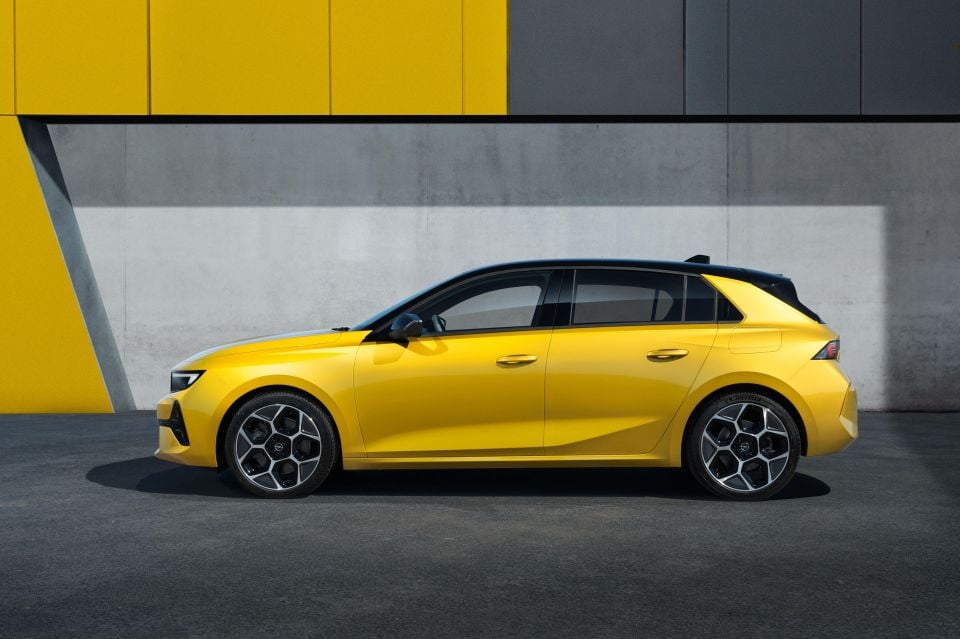
The Astra hatch has grown by 4mm to a total of 4374mm, though the wheelbase has grown by 13mm to 2675mm.
It’s also quite a bit wider at 1860mm, or 51mm wider overall. The larger footprint has freed up an additional 52L of luggage space, increasing it to 422L with the rear seats up.
There’s a minimalist and angular interior reminiscent of the new Volkswagen Golf Mk8, though Opel looks to have avoided the temptation to use touch-capacitive controls.
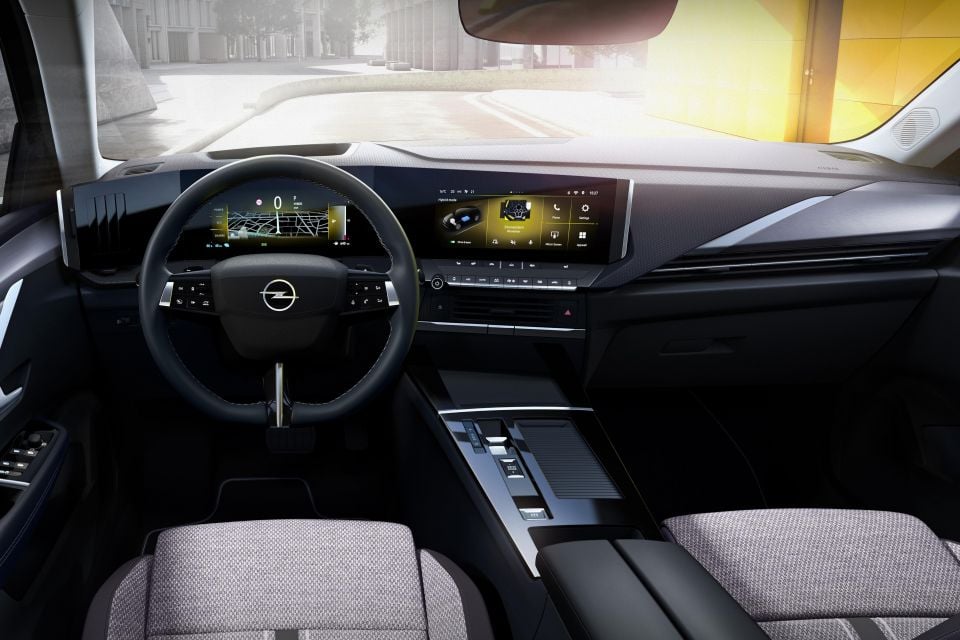
Switchgear is kept to a minimum on the centre stack, sharply angled towards the driver, while a 10-inch digital instrument cluster sits ahead of the driver. A 10-inch touchscreen infotainment system is neatly integrated into the dash.
There’s also a stubby shifter for the transmission on the centre console like that of the Golf or the new 308, as well as the increasingly common strip of metal-look trim across the dash to ‘hide’ the air vents.
Unique touches include an almost scale-like finish for the dashboard and a distinctive three-spoke steering wheel. Notably, the dashboard bears little resemblance to that of the 308.
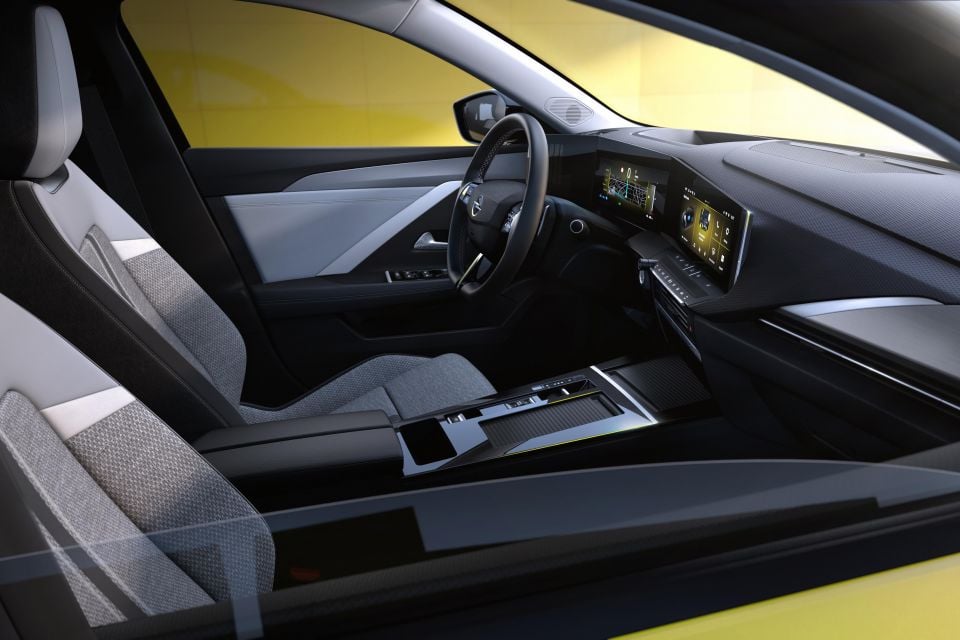
The Astra has been revealed only in five-door hatchback form so far. A five-door wagon appears likely, but don’t expect a return of the three-door hatchback body style seen in the penultimate generation, or a revived Astra-based Cascada convertible.
The small car has, however, returned to the Rüsselsheim plant in Germany, Opel’s home, where it be built exclusively for Europe.
The last generation model was produced in Poland and at sister brand Vauxhall’s UK plant in Ellesmere Port, which will be converted to produce electric vans when the current Astra exits production.

The Opel Astra had a long but torturous history in Australia, and there’s been no word on a future involving the Opel brand’s return here.
The first generation Opel Astra F arrived in Australia wearing Holden badges in 1996, five years after its launch. It had a truncated run before being replaced by the Astra G, known here as the TS. This generation was one of the most successful Holden-badged small cars in Australia.
Holden withdrew the Astra after the subsequent AH generation in 2009, citing currency fluctuations. In its place was a Holden-badged version of the GM Korea-developed Cruze.
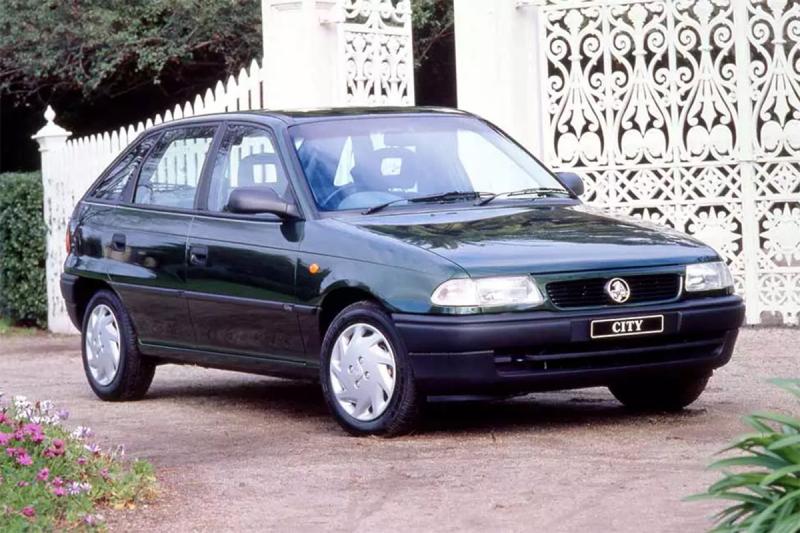
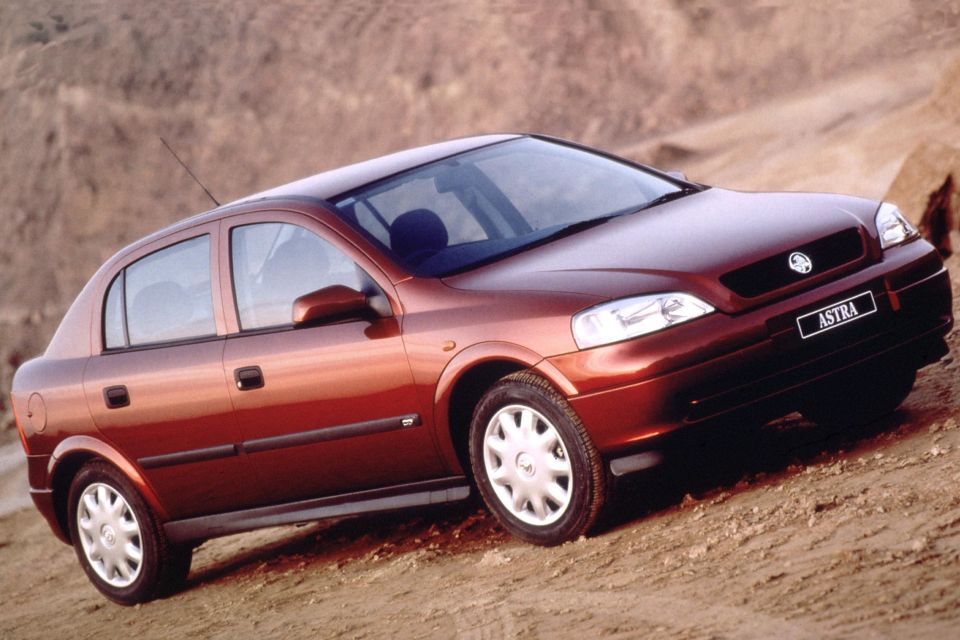
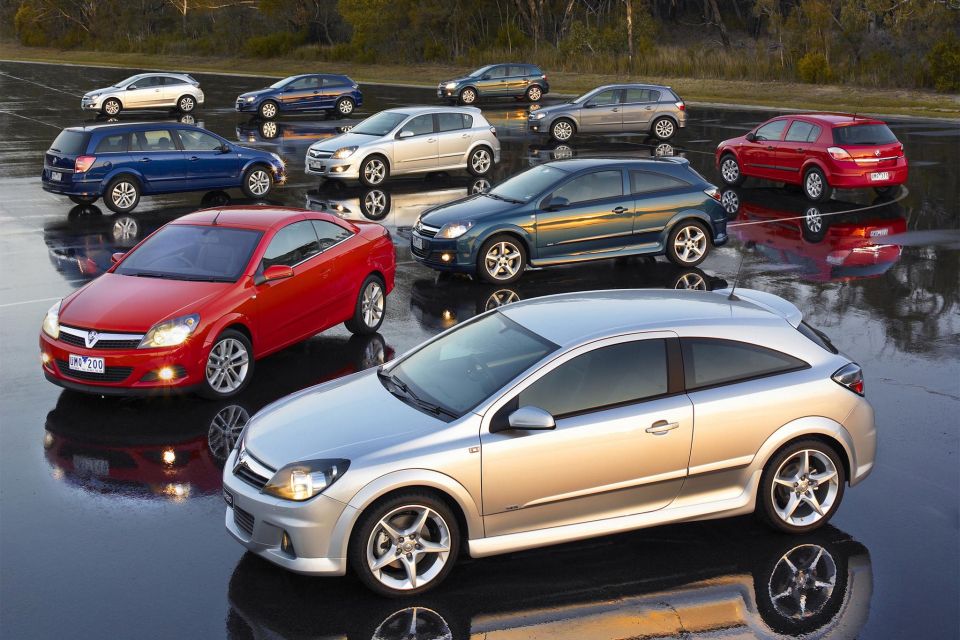
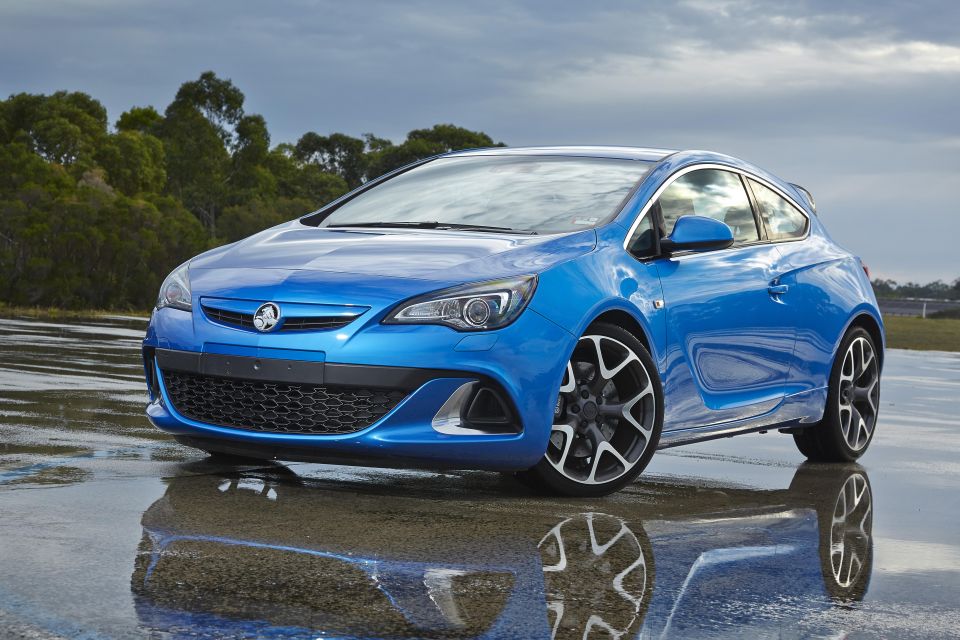
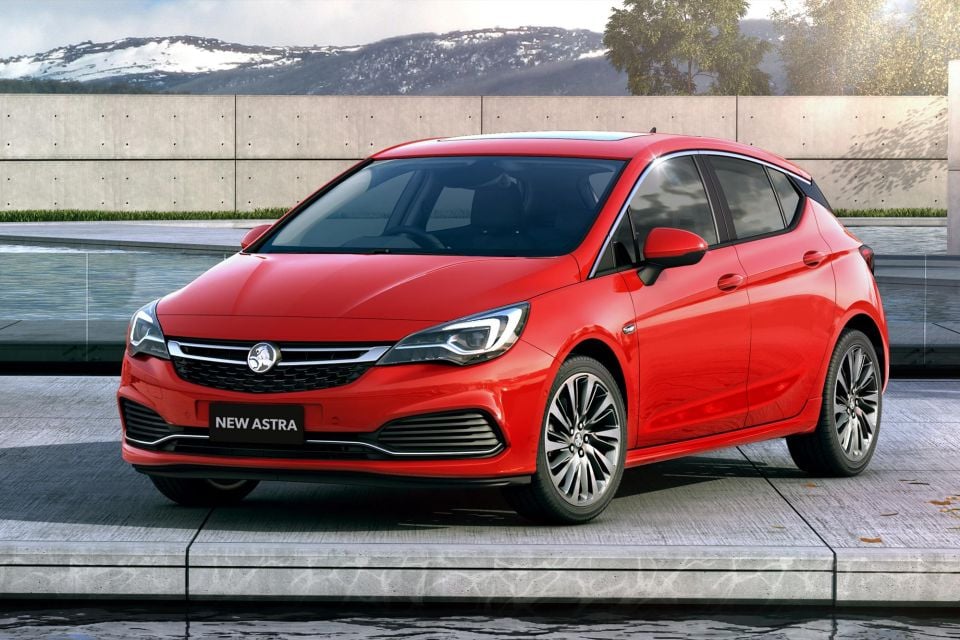
The Astra finally came here with Opel badges during the following generation but GM yanked the Opel brand here after less than a year on sale in 2013, though the sporty GTC and VXR three-door hatchbacks arrived shortly thereafter wearing Holden badges.
Holden in turn offered a range of Astra hatchback and wagon models with the subsequent generation, plus a new Korean-built Cruze badged as the Astra sedan.
Alas, the wagon and sedan were axed soon after launch and the hatchback died alongside the ZB Commodore, a few months before the Holden brand’s shuttering.
William Stopford is an automotive journalist with a passion for mainstream cars, automotive history and overseas auto markets.


Matt Campbell
2 Hours Ago


Max Davies
18 Hours Ago


William Stopford
18 Hours Ago


Derek Fung
18 Hours Ago


Max Davies
1 Day Ago


William Stopford
2 Days Ago